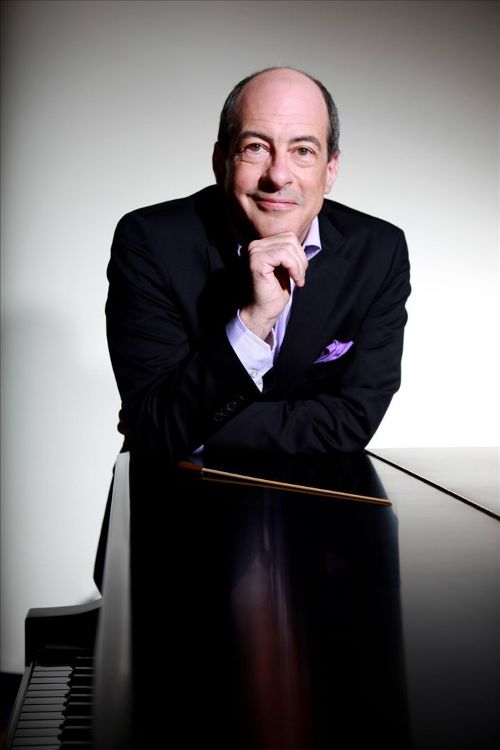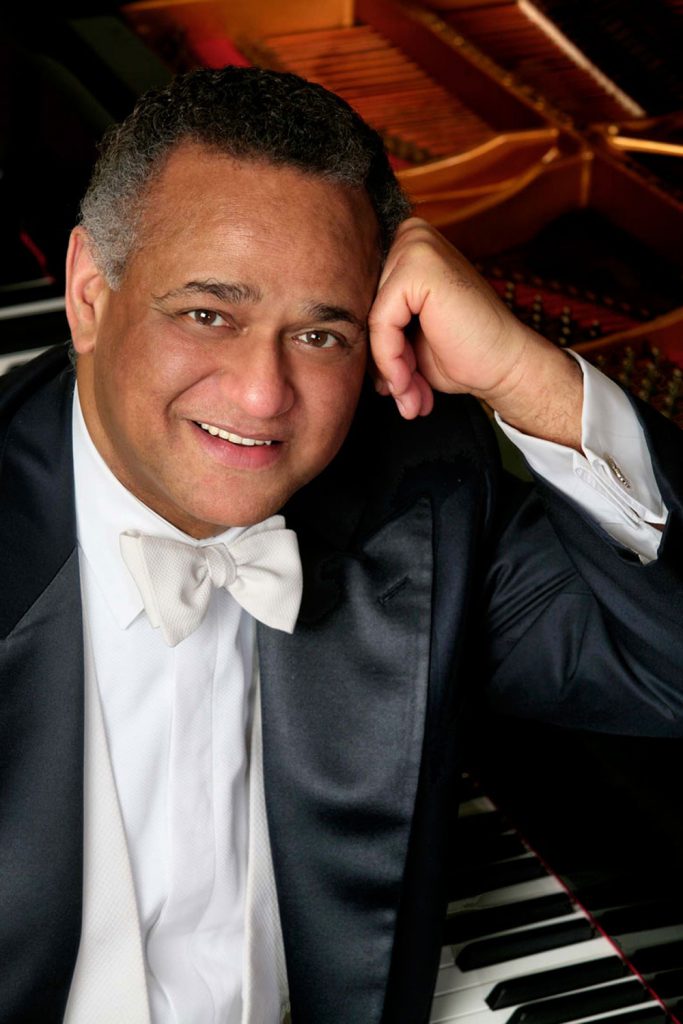Theofanidis premiere, bracing Rachmaninoff highlight Spano’s Baltimore Symphony concert

Robert Spano conducted the Baltimore Symphony Orchestra at Strathmore Saturday night
It was keep-your-coat-on cool Saturday evening inside the Music Center at Strathmore. But the uncomfortable indoor temperature at the Baltimore Symphony Orchestra’s Washington home did not deter the Charm City ensemble from giving a warm and emotionally searing performance of a trio of works.
Under the direction of guest conductor Robert Spano, the BSO gave its premiere performance of American composer Christopher Theofanidis’s Dreamtime Ancestors. Written in 2015, the evocative 20-minute work in three movements was inspired by Australian aboriginal creation myths, known as “dreamtime.”
Spano, who is in his 16th season as music director of the Atlanta Symphony Orchestra, collaborates often with Theofanidis, and his familiarity with the score translated into an authoritative, often cinematic presentation of the music. Dreamtime Ancestors is typical of the composer’s oeuvre with its colorful, winding melodic lines above variations of sustained chords.
The conductor coaxed the BSO to paint a grand and timeless vista in the opening “Songlines” movement. From the brilliant brass fanfare to the hushed bass and cello unison melodies and the orchestra’s glowing climax, the BSO’s velvety textures and assured playing evoked a sun rising and casting light upon the earth. In the “Rainbow Serpent” movement, the orchestra produced a rich shimmery sound enhanced by the tones of vibraphone. The finale’s rhythmic call and echo was reminiscent of pealing bells and the BSO brought the work to a fitting close.
Written just over 100 years earlier, Edward Elgar’s Falstaff, a tone poem depicting the eponymous character from Shakespeare’s plays, paired nicely with the Theofanidis work. Here the BSO turned theatrical, giving the capricious work its due with equally operatic and melodramatic takes of the Bard’s Henry IV characters.
Spano walked a fine line between the music’s grandeur and tongue-in-cheek humor, allowing the BSO to portray Sir John Falstaff and Prince Hal as caricatures while holding steadfast to the composition’s emotional center. Lyrical lines were not the only parts in the spotlight; the BSO managed to achieve a fine balance that showcased the countermelodies, which placed the breadth of the group’s musicality and dynamic range in the limelight. Thus the sweeping grandeur of full-on strings had a careful equilibrium with the undulating winds and the ringing of a triangle here, a flippant clarinet there.
Still, in the opening movement, there was some wayward intonation in the exposed cello solo as well as in the upper strings; the net result was a tenuous sounding melodic line that was supposed to be passed jovially from winds to strings and back. Fortunately those few incidences seemed more of an aberration due to the chilly nature of the hall and recovery by the group was swift.
After intermission, the BSO returned to the stage to accompany André Watts in Rachmaninoff’s Piano Concerto No. 2 – clearly the draw for the evening. Watts is no stranger to the BSO, having last performed with the group in early 2016 (in a Mozart concerto).

André Watts
The celebrated pianist did not disappoint in a reverberating rendition of this beloved work. The pianist made his Steinway sing out with effortless fluidity. Watts was not shy about taking the lead from the keyboard at certain points in the music, though he watched conductor and orchestra attentively and played in close collaboration. From his opening salvo in those familiar opening chords, to the upper range of floating notes in the right hand, Watts made sure that even at hushed tones, his instrument could be heard.
Where most tend to linger with exaggerated rubato in the slow movement, Watts pressed on with steady momentum, giving the work an aching sense of inevitability. While the pace may have felt a bit too brisk for some, Watts created a tension in the music by keeping the steady flow. His eighths against triplets meandered as a leaf floating down a stream might swish around rocks in its path, gently and with ease. As the main theme came back around, it had a poignant, nostalgic feel to it that was missing in the first go round. Watts’ sweet conclusion to the movement, with the decaying arpeggios in the left hand and chords in the right hand, was unfortunately punctuated by several audience members’ ill-timed coughs.
But Spano dispelled it quickly by jumping into the finale with a tidy opening by the BSO. Watts responded in kind with a stately opening phrase. Avoiding overdone rubato, the soloist was rhythmically precise, playing with a hyperawareness of the interplay between soloist and ensemble. Where once there might have been some swagger, this presentation was all about being in the moment, and the ending was deservedly grandiose — the perfect way to end a perfected performance.
